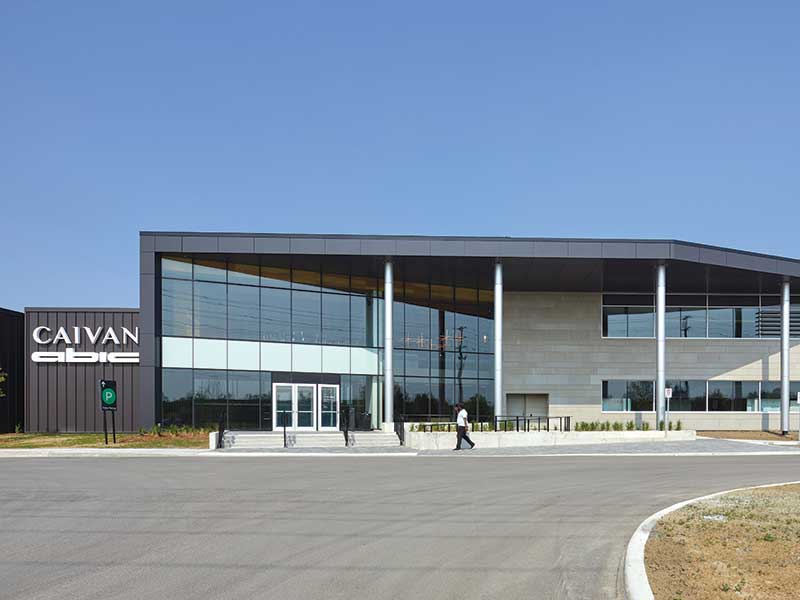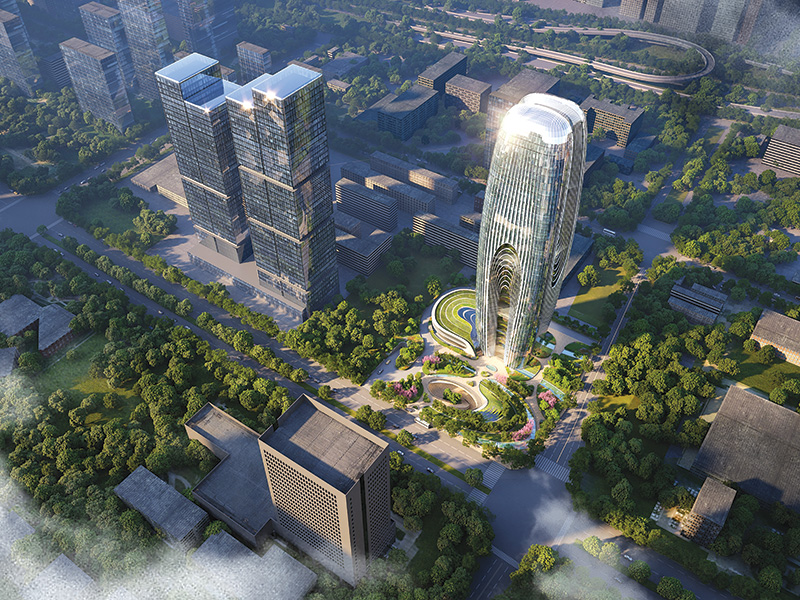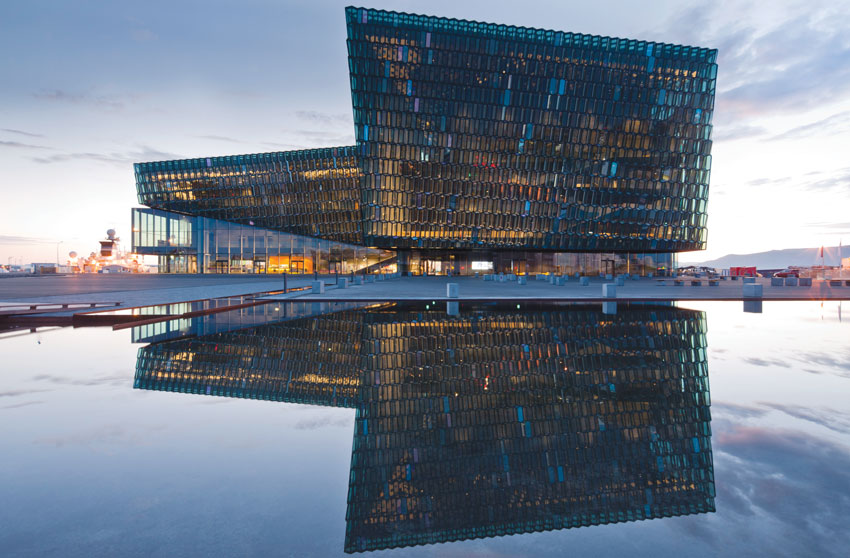
Harpa Reykjavik Concert Hall and Conference Centre in Iceland gathers inspiration from the northern lights and the dramatic Icelandic scenery. Designed by the Danish firm Henning Larsen Architects in co-operation with Danish-Icelandic artist Olafur Eliasson and the engineering companies Rambøll and ArtEngineering GmbH from Germany, the structure consists of a steel framework clad with irregularly shaped glass panels of different colors.
| Project at a Glance | |
| Architects | : Henning Larsen Architects & Batteriid Architects |
| Locations | : Reykjavik, Iceland |
| Client | : Austurnhofn TR – East Harbour Project Ltd. |
| Project Year | : 2011 |
| Project Area | : 28,000 sqm |
| Photo Credit | : All Images - Nic Lehoux |
| Façade design and development | : Olafur Eliasson and Studio Olafur Eliasson in collaboration with Henning Larsen Architects |

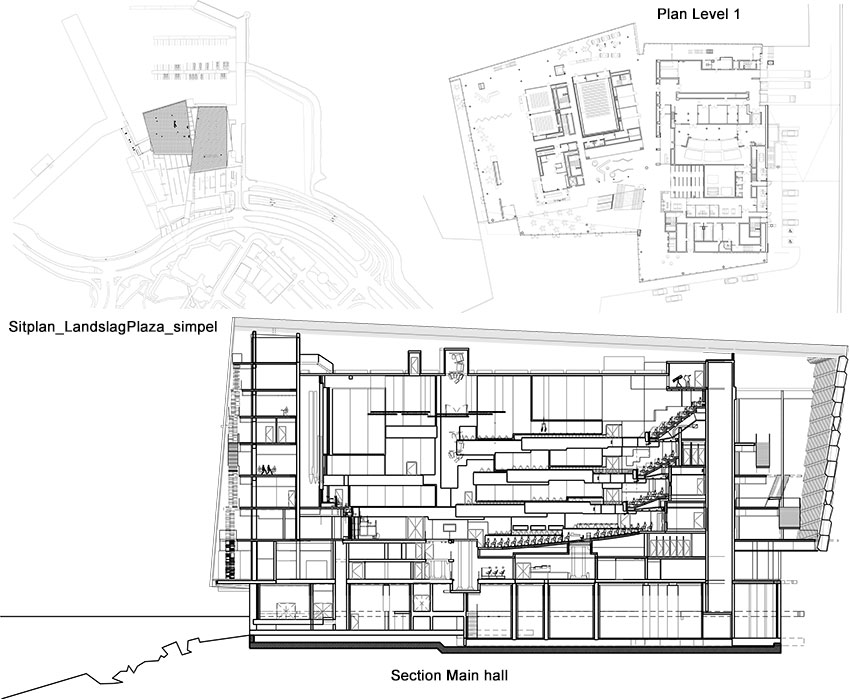

Situated on the border between land and sea, the Concert Hall stands out as a large, radiant sculpture reflecting both sky and harbour space as well as the vibrant life of the city. The Concert Hall of 28,000 m2 is situated in a solitary spot with a clear view of the enormous sea and the mountains surrounding Reykjavik. The building features an arrival and foyer area in front of the building, four halls in the middle and a backstage area with offices, administration, rehearsal hall and changing room in the back of the building. The three large halls are placed next to each other with public access on the south side and backstage access from the north. The fourth floor is a multifunctional hall with room for more intimate shows and banquets.
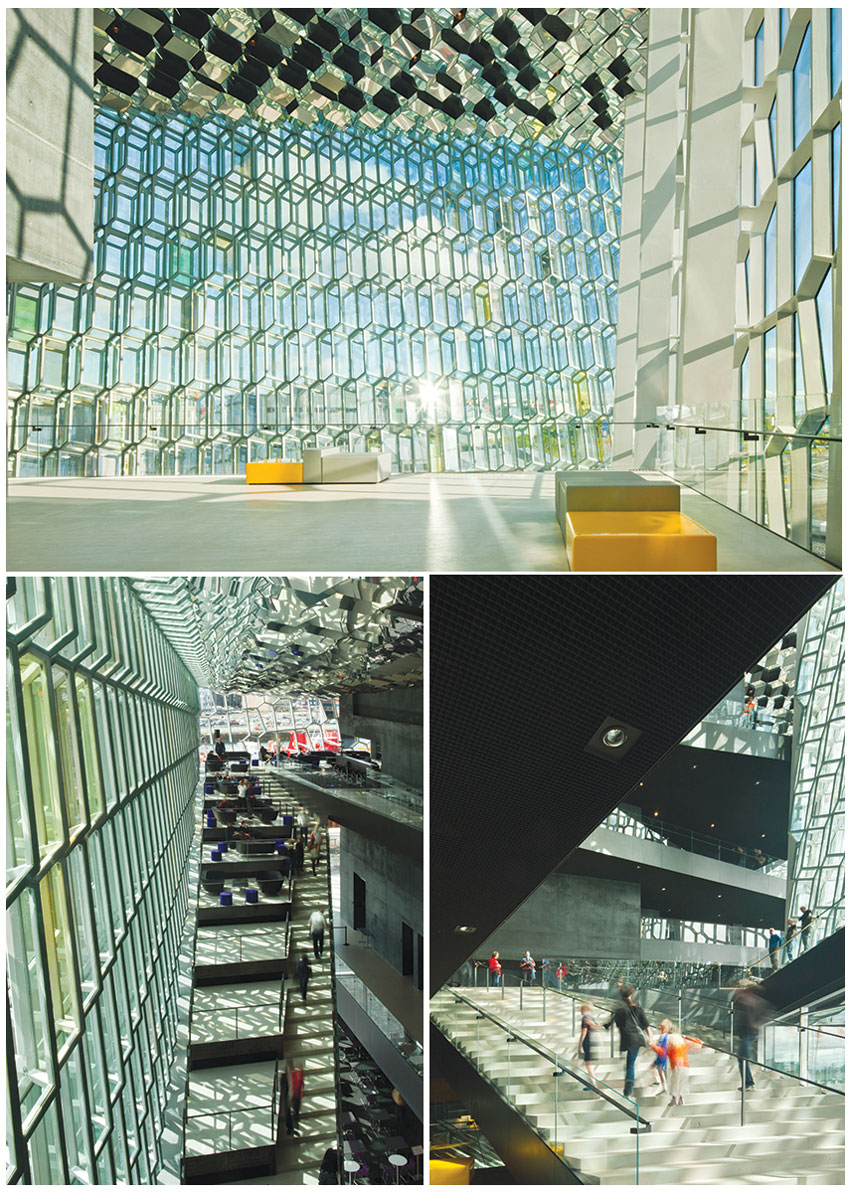
Seen from the foyer, the halls form a mountain-like massif that similar to basalt rock on the coast forms a stark contrast to the expressive and open facade. At the core of the rock, the largest hall of the building, the main concert hall, reveals its interior as a red-hot centre of force.
Facades
Henning Larsen Architects has designed the facade of the Concert Hall in close collaboration with the local architectural company Batteríið Architects and the Danish-Icelandic artist Olafur Eliasson.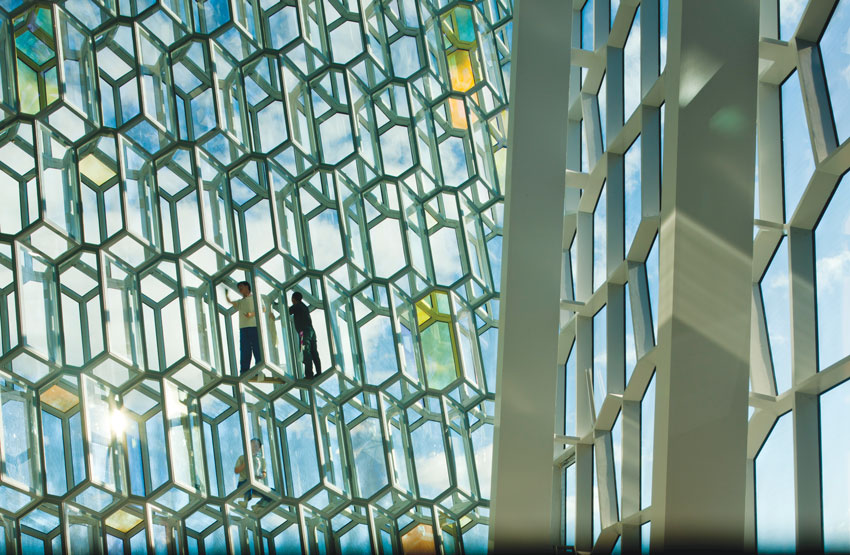
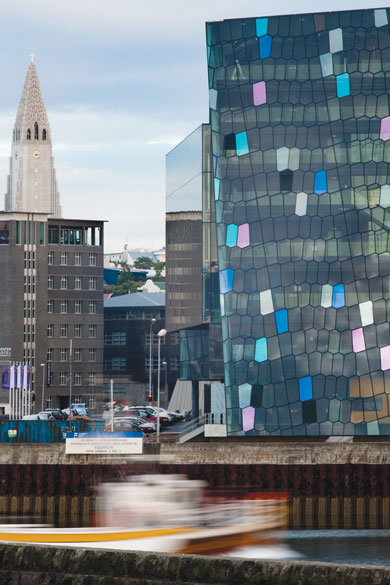
Made of glass and steel in a twelve-sided space-filling geometric modular system called the 'quasi-brick', the building appears a kaleidoscopic play of colors, reflected in more than 1000 quasi-bricks composing the southern facade. The remaining facades and the roof are made of sectional representations of this geometric system, resulting in two-dimensional flat facades of five and six-sided structural frames. In order to develop these ideas the team worked with three-dimensional computer models, finite element modeling, various digital visualization techniques as well as maquettes, models and mock-ups.
Light and transparency are key elements in the building. The crystalline structure, created by the geometric figures of the facade, captures and reflects the light - promoting the dialogue between the building, city and surrounding landscape.
One of the main ideas has been to "dematerialize" the building as a static entity and let it respond to the surrounding colors - the city lights, ocean and glow of the sky. In this way, the expression of the facade changes according to the visual angle. With the continuously changing scenery, the building appears in an endless variation of colors.
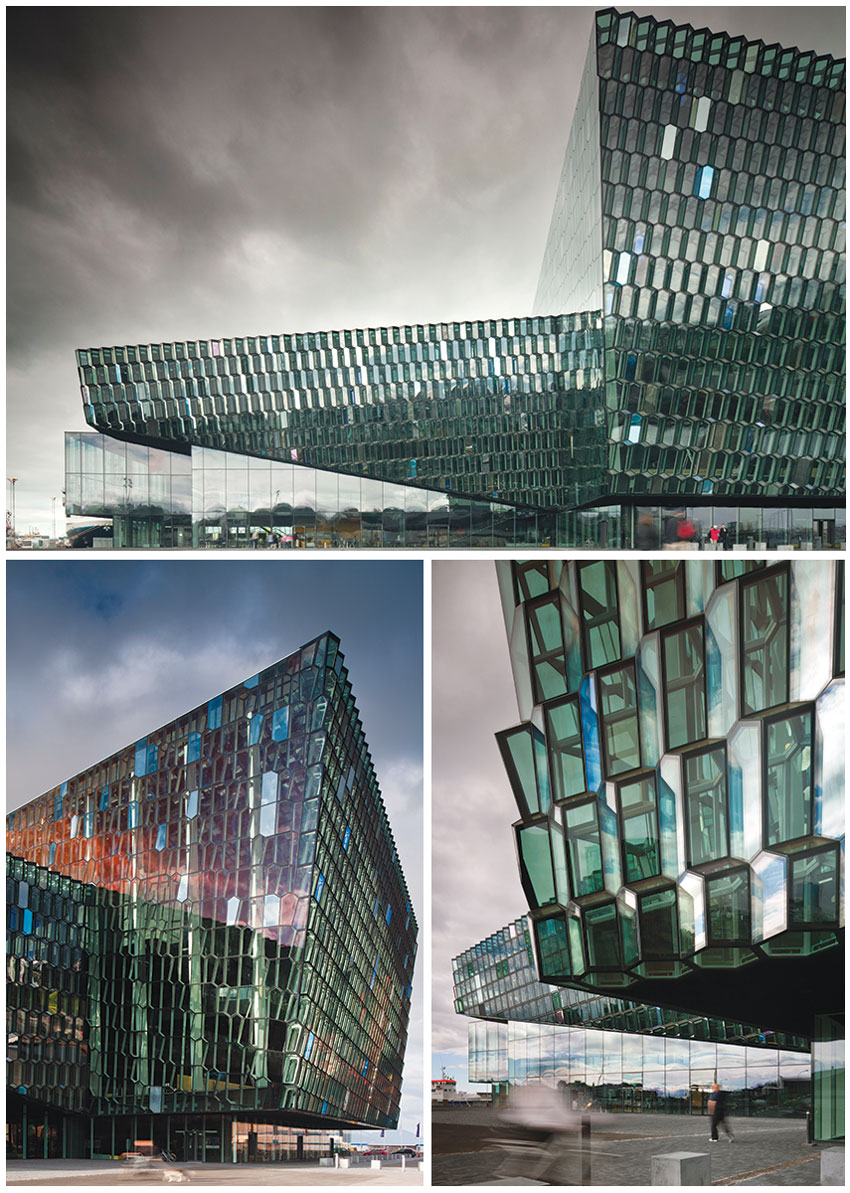
The new concert hall in Iceland, Harpa, is one of five projects that have been announced as finalists for one of the most prestigious awards in architecture, the Mies van der Rohe Award. It is only the second time in the history of the award that a Danish designed project is in the final.
